Discover what eating for the environment really means and how your food choices impact the planet. Learn why meat and dairy drive emissions and simple ways to reduce your ‘foodprint’ for a healthier, more sustainable future.
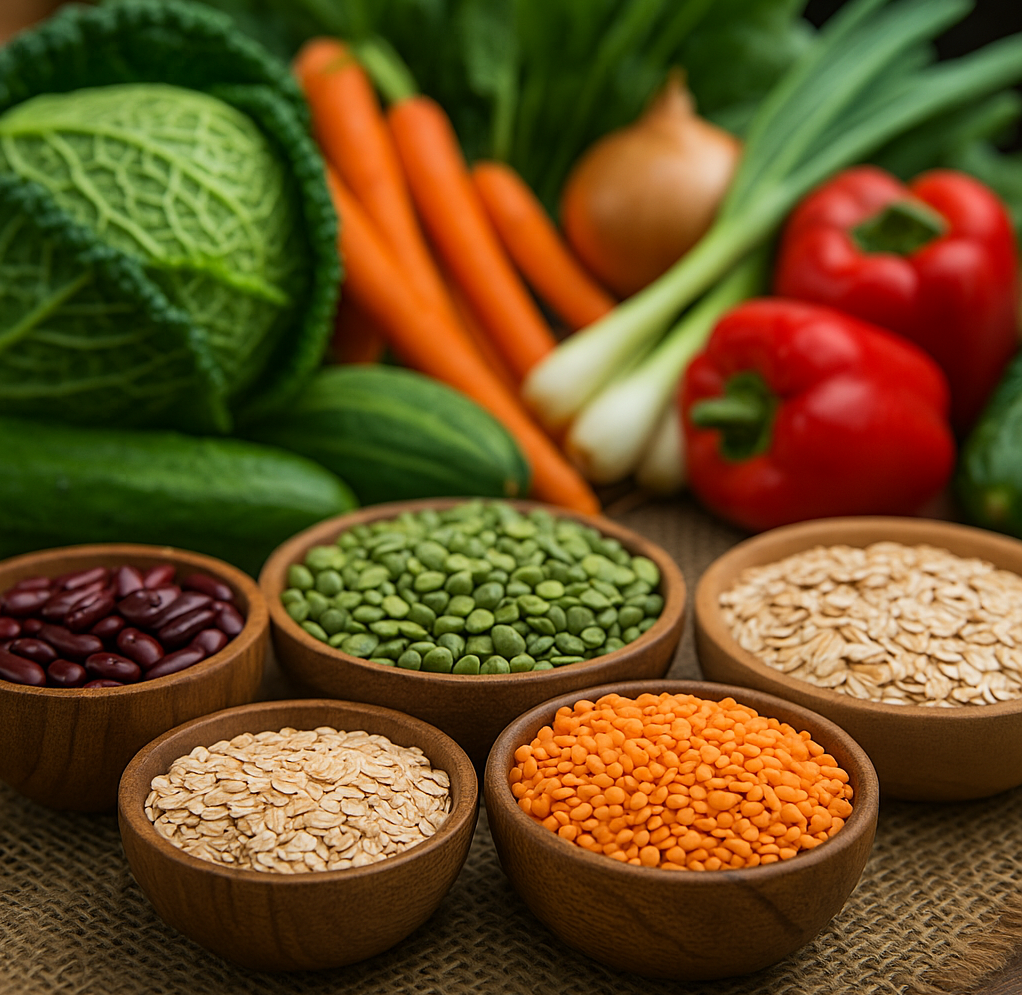
Every meal we eat has a ripple effect that extends far beyond the plate. The food choices we make daily shape not only our health but also the health of the planet. From the farms where crops are grown to the trucks that transport them, the global food system plays a massive role in the state of our environment.
Eating for the environment means making conscious food choices that reduce harm to the planet while supporting your own well-being. It’s about understanding the hidden environmental costs behind what we eat and finding ways to make those costs smaller.
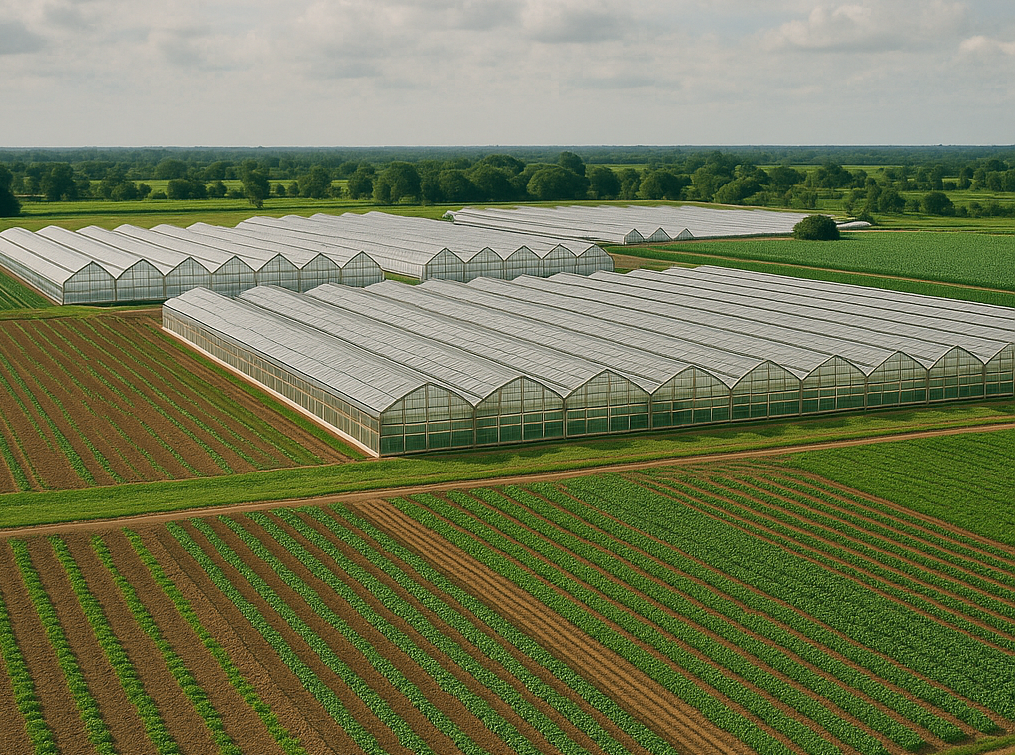
Why does this matter? Because the way food is produced, processed, and consumed is directly tied to climate change, biodiversity loss, and the depletion of natural resources. Shifting toward more sustainable diets can lessen greenhouse gas emissions, conserve water, and protect ecosystems – all while building a healthier, more resilient food system for the future.
Principles of Eating for the Environment
Making sustainable food choices doesn’t have to mean a complete dietary overhaul. By focusing on a few core principles, we can reduce our ‘foodprint’ and contribute to a healthier planet without compromising on taste or nutrition.
Prioritise plants
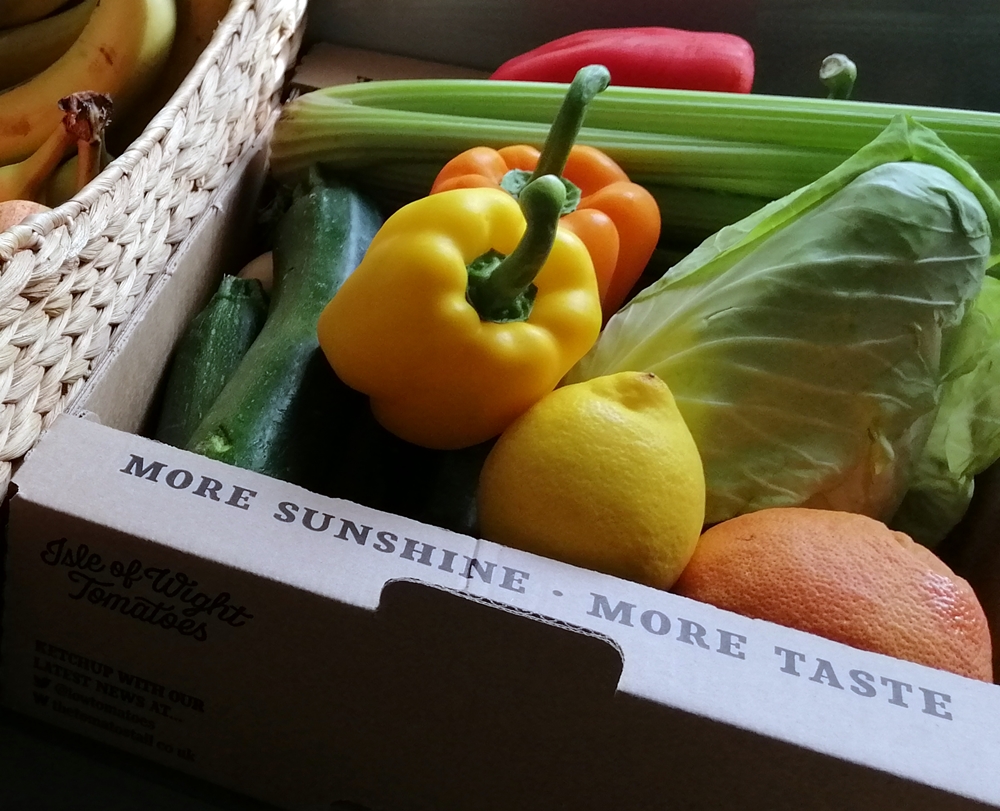
Plant-based staples like beans, lentils, whole grains, vegetables, and nuts use far fewer natural resources than animal products. Producing plant foods generally requires less land and water and generates fewer greenhouse gas emissions. By building meals around plants, we can significantly lower our environmental impact while benefiting from nutrient-rich, fiber-packed foods.
Moderate animal products
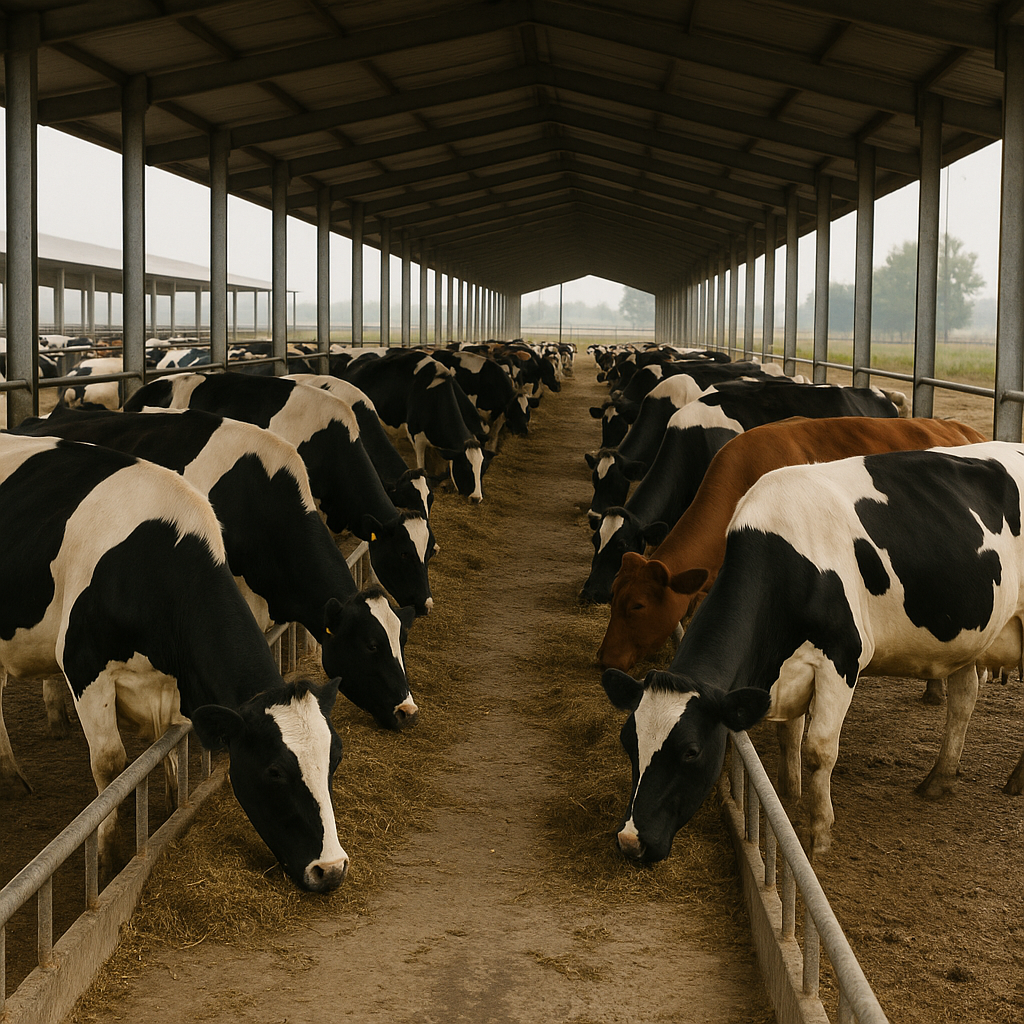
We don’t have to give up meat and dairy entirely to make a difference. Simply reducing the intake – particularly of red and processed meats – can dramatically cut our carbon footprint. Livestock production is one of the largest contributors to greenhouse gas emissions and deforestation, so choosing smaller portions, having meat-free meals during the week, or swapping beef for chicken or plant-based proteins all add up to meaningful change.
Choose responsible seafood
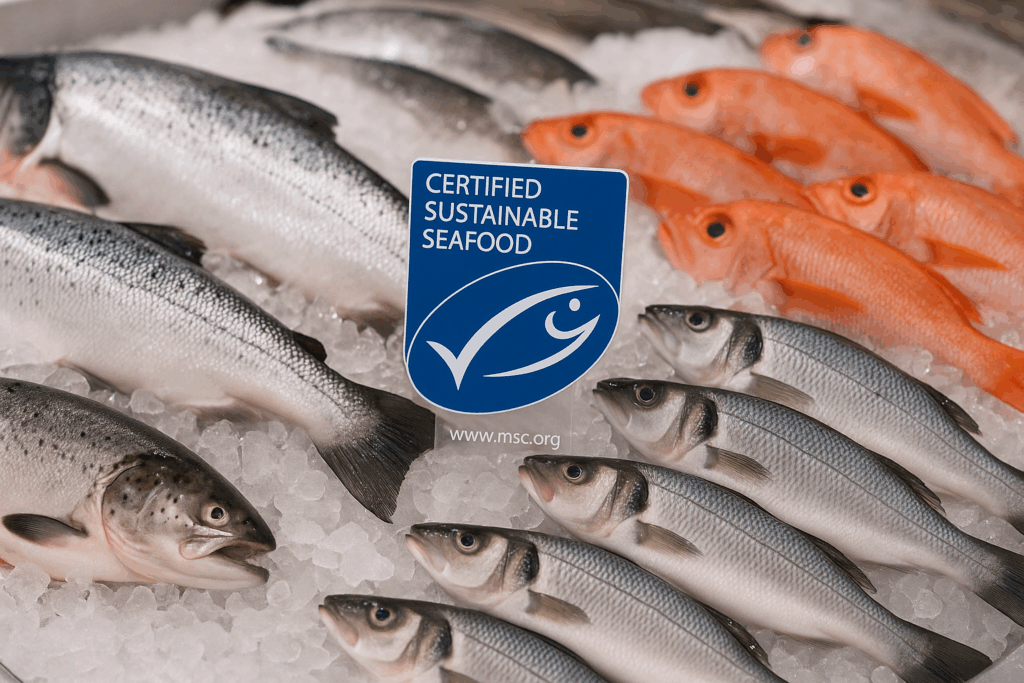
Overfishing is a major ecological issue, threatening marine life and ocean health. When eating seafood, opt for sustainably sourced options and use seafood guides to identify species that are more abundant and responsibly harvested.
Reduce food waste
One-third of all food produced globally is wasted, misusing resources and contributing to greenhouse gas emissions. Combat food waste by planning meals ahead of time, storing food properly to extend freshness, and repurposing leftovers creatively. Even simple steps – like freezing extra portions or keeping a ‘use-it-up’ shelf in your fridge – can significantly lower your personal impact.
Buy local and seasonal
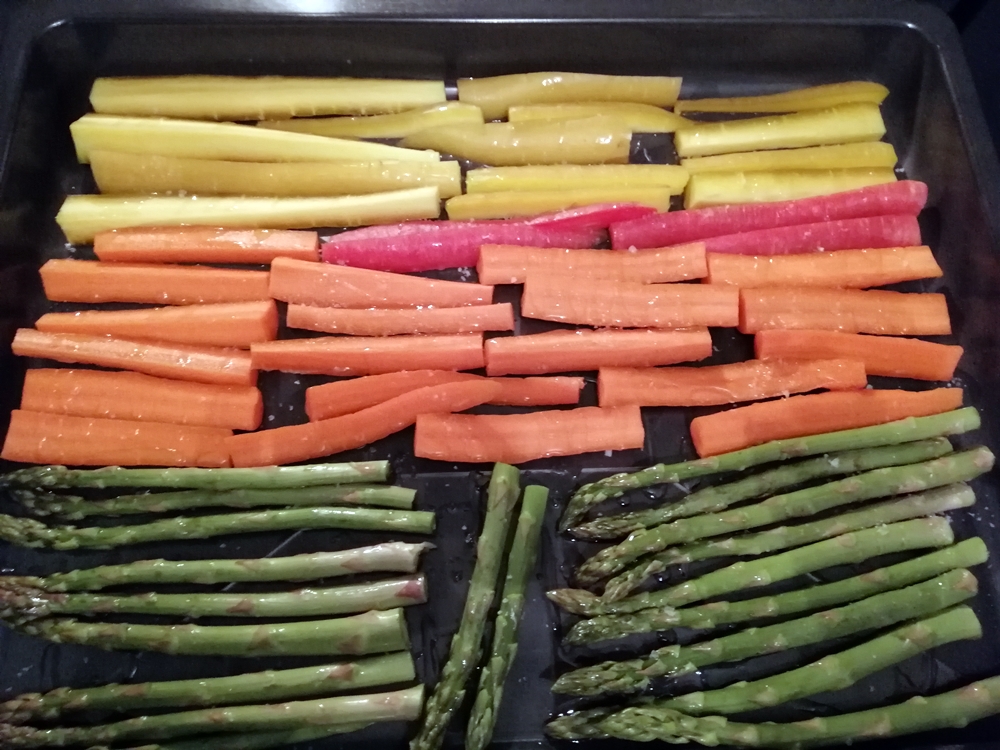
Choosing local and in-season produce can reduce the emissions associated with long-distance transportation and storage, while also supporting farmers in your community. However, remember that how food is produced often matters more than where it’s grown. A locally raised beef burger, for example, can still have a higher carbon footprint than imported lentils. Use ‘local and seasonal’ as one factor, not the only one, when deciding what to buy.
Minimise packaging
Excess packaging, especially single-use plastics, adds to pollution and landfill waste. Wherever possible, choose loose fruits and vegetables, bring your own reusable bags and containers, and avoid items with multiple layers of unnecessary packaging. Supporting brands that use recyclable or compostable materials also helps reduce your waste footprint.
Eat less processed food

Ultra-processed foods typically require more energy, water, and materials to produce. They often involve lengthy supply chains and additional packaging, all of which contribute to a larger carbon footprint. By focusing on whole or minimally processed ingredients, we can lower our environmental impact while also enjoying more nutrient-dense meals.
Simple Steps to Get Started
Adopting a more environmentally friendly way of eating doesn’t have to feel overwhelming. Start small with practical, achievable actions that add up over time:
- Swap high-impact foods for lower-impact options. Replace beef with beans, lentils, or tofu in a few meals each week. Gradually increase the amount of vegetables and fruits you include on your plate – aiming for half your plate at each meal.
- Shop and cook with intention. Plan your meals in advance and make a list before you shop to avoid impulse purchases and reduce food waste. Use leftovers creatively – soups, salads, and stir-fries are great for using up ingredients.
- Look for labels that signal better practices. When possible, choose organic produce, MSC-certified seafood (sustainably sourced), or products labeled ‘local’ and ‘seasonal.’ These labels help support responsible farming and fishing practices.
- Cut back on packaging. Bring reusable bags, jars, and containers to the store. Buy in bulk where you can and avoid individually packaged items or products wrapped in multiple layers of plastic. Small switches, like using a reusable water bottle or coffee cup, can also reduce your waste footprint.
The Bigger Picture
Individual actions may seem small, but they matter – especially when multiplied across millions of people. Every choice we make shapes demand, influencing how food is grown, processed, and distributed.
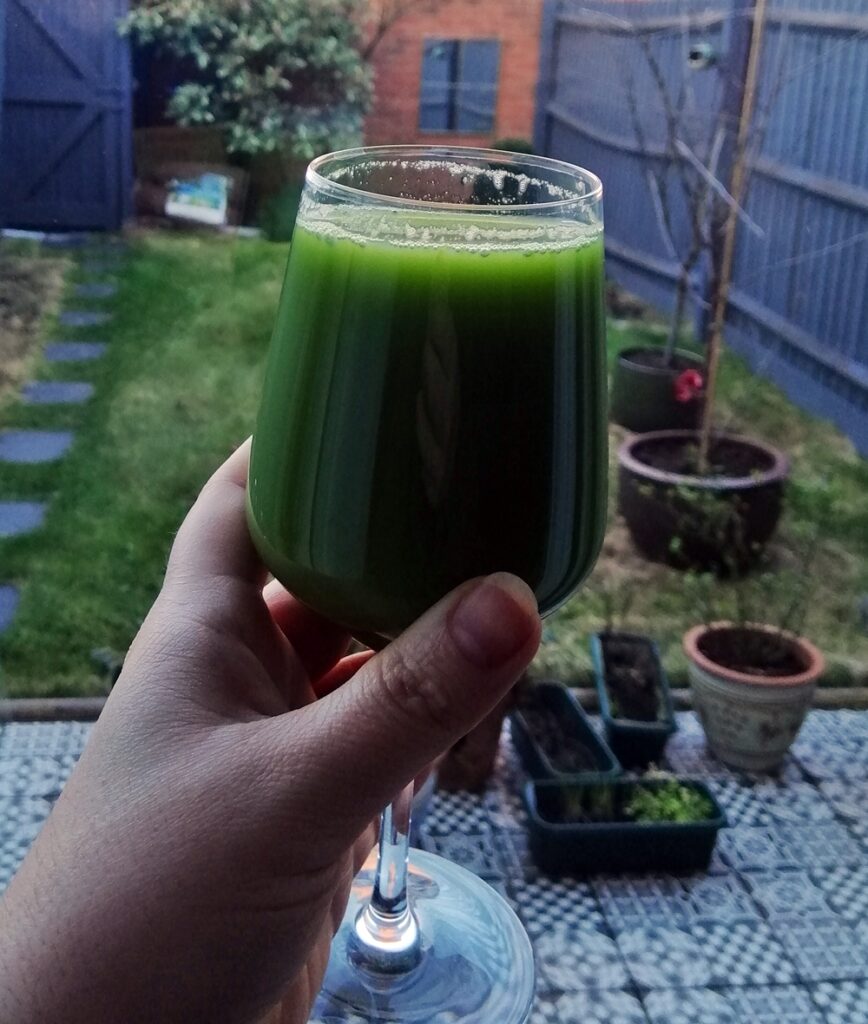
This is the concept of your ‘foodprint’—the environmental impact of your diet. By making thoughtful choices, you can help reduce greenhouse gas emissions, protect biodiversity, preserve soil health, and lessen pressure on the planet’s finite resources.
Sustainable eating isn’t about perfection; it’s about progress.
When individuals make small, consistent changes, it creates a ripple effect, driving shifts in markets and policies. Together, these collective actions can help build a more resilient food system – one that nourishes people and the planet for generations to come.
Note: Some of the images (1,2,4,5) in this article were created using AI tools to help illustrate key ideas. We use these visuals to make the content more engaging and accessible while keeping the message clear and accurate.

Leave a Reply